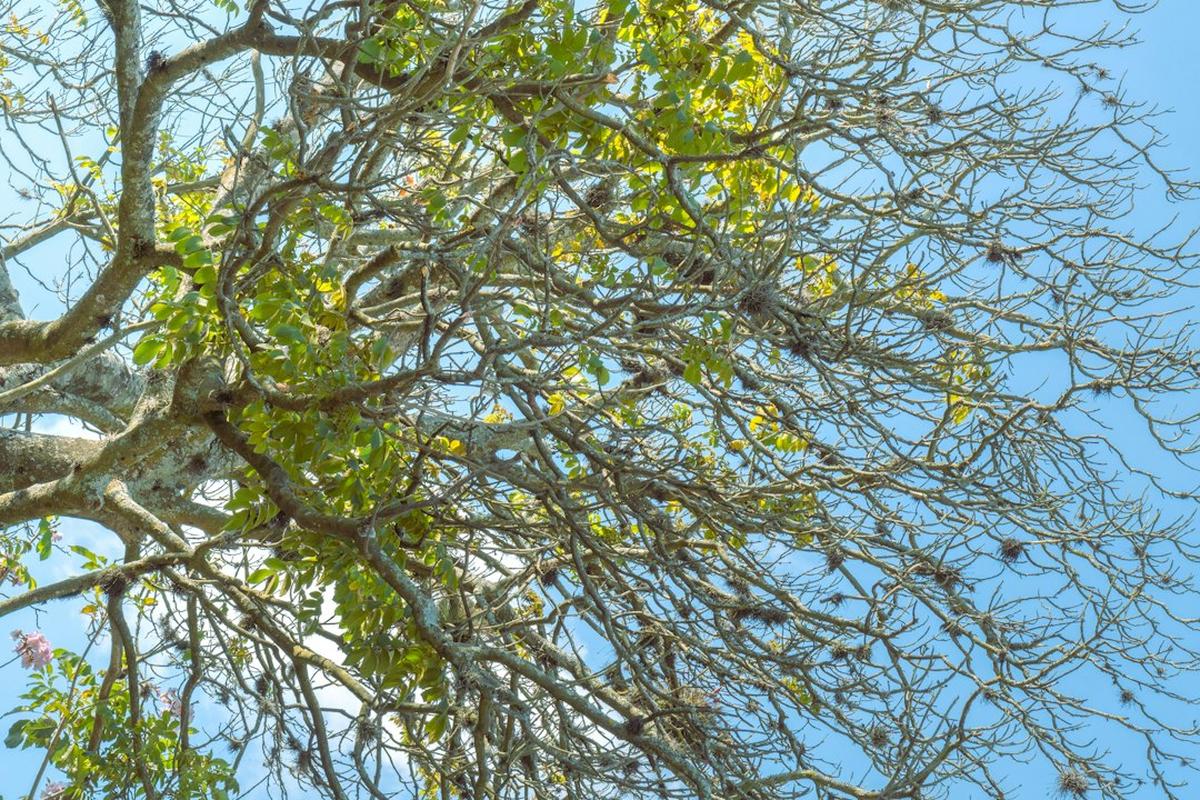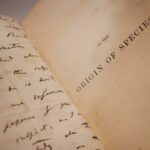Charles Darwin’s theory of evolution has been a cornerstone of biological sciences since its inception in the mid-19th century. His groundbreaking work, “On the Origin of Species,” proposed that all species of organisms arise and develop through the natural selection of small, inherited variations that increase the individual’s ability to compete, survive, and reproduce. Despite its significance and widespread acceptance, Darwin’s theory of evolution is not without its critics. This article aims to delve into two key objections to Darwin’s theory: the concept of use and disuse in evolution and the mystery of vestigial organs.
The Concept of Use and Disuse in Evolution
The principle of use and disuse, proposed by Jean-Baptiste Lamarck, suggests that an organism can change during its lifetime in response to its environment, and those changes are inheritable. In other words, an organism can change its characteristics based on whether it uses or disuses a particular organ or trait. This concept is often contrasted with Darwin’s theory, which fails to adequately address this principle.
Consider the example of the giraffe’s long neck. According to Lamarck’s principle, ancestral giraffes might have stretched their necks to reach higher leaves, gradually lengthening their necks over generations. Darwin’s theory, however, suggests that giraffes with naturally longer necks had a survival advantage and thus were more likely to reproduce, passing on their long-neck genes to future generations. The debate between these two theories continues to this day, highlighting the complexity of evolutionary biology.
The Mystery of Vestigial Organs
Vestigial organs are parts of an organism that are reduced in size and often functionless, having lost their original function through evolution. Examples include the human appendix, wisdom teeth, and the tailbone. These organs pose a significant challenge to Darwin’s theory of evolution, which struggles to explain their existence.
Darwin suggested that vestigial organs were remnants of structures that served important functions in ancestral species but were no longer necessary in the current species. However, this explanation is often deemed insufficient, as it does not fully explain why these seemingly useless organs have not been completely eliminated through natural selection.
The Enigma of Instincts in Evolution
Instincts, in biological terms, are innate behaviors that do not require learning or experience. They play a crucial role in an organism’s survival and reproduction. Darwin found it challenging to explain how complex instincts could have evolved through natural selection.
Take, for instance, the intricate nest-building behavior of birds. How could such complex behaviors, which require precision and skill, have evolved gradually through random genetic mutations and natural selection? This question remains a significant challenge to Darwin’s theory of evolution.
The Somatic and Germinal Variations Dilemma
Somatic variations refer to changes in body cells during an organism’s lifetime, while germinal variations occur in the reproductive cells and can be passed on to the next generation. Darwin did not distinguish between these two types of variations, leading to a significant misinterpretation in his theory.
Darwin’s theory suggests that all variations, whether somatic or germinal, could contribute to evolution. However, modern genetics has shown that only germinal variations can be inherited and thus play a role in evolution. This discrepancy is another key objection to Darwin’s theory.
The Implications of These Objections
These objections pose significant challenges to Darwin’s theory of evolution. They highlight the complexities and intricacies of biological evolution, suggesting that Darwin’s theory, while groundbreaking, may not fully capture the entire picture of how species evolve.
Despite these objections, Darwin’s theory continues to be a fundamental part of modern evolutionary biology. It has been expanded and refined over the years, incorporating new discoveries and insights from genetics, paleontology, and other fields.
Contemporary Responses to These Objections
Modern science has made significant strides in addressing these objections. For instance, the principle of use and disuse has been incorporated into the concept of epigenetics, which studies changes in gene expression that do not involve alterations to the underlying DNA sequence.
The mystery of vestigial organs has also been tackled with new insights. For example, some vestigial organs are thought to serve secondary functions or play roles in embryonic development. Similarly, the role of instincts in evolution is now studied under the field of ethology, which explores animal behavior.
The distinction between somatic and germinal variations is now well-established in genetics, with only germinal variations being considered in evolutionary biology. This understanding has helped refine Darwin’s theory and address the objections raised against it.
To Sum Up
While there are valid objections to Darwin’s theory of evolution, it remains a fundamental framework in understanding the diversity and complexity of life on Earth. The theory has been refined and expanded over the years, incorporating new discoveries and insights. Despite its limitations, Darwin’s theory continues to guide research in evolutionary biology, demonstrating its enduring relevance and significance.
References
- Darwin, C. (1859). On the Origin of Species. John Murray.
- Lamarck, J. B. (1809). Philosophie Zoologique. Dentu.
- Gould, S. J. (1976). The Return of Hopeful Monsters. Natural History, 86, 22-30.
- Dawkins, R. (1986). The Blind Watchmaker. W. W. Norton & Company.
- Ridley, M. (2003). Evolution (3rd ed.). Blackwell Publishing.








